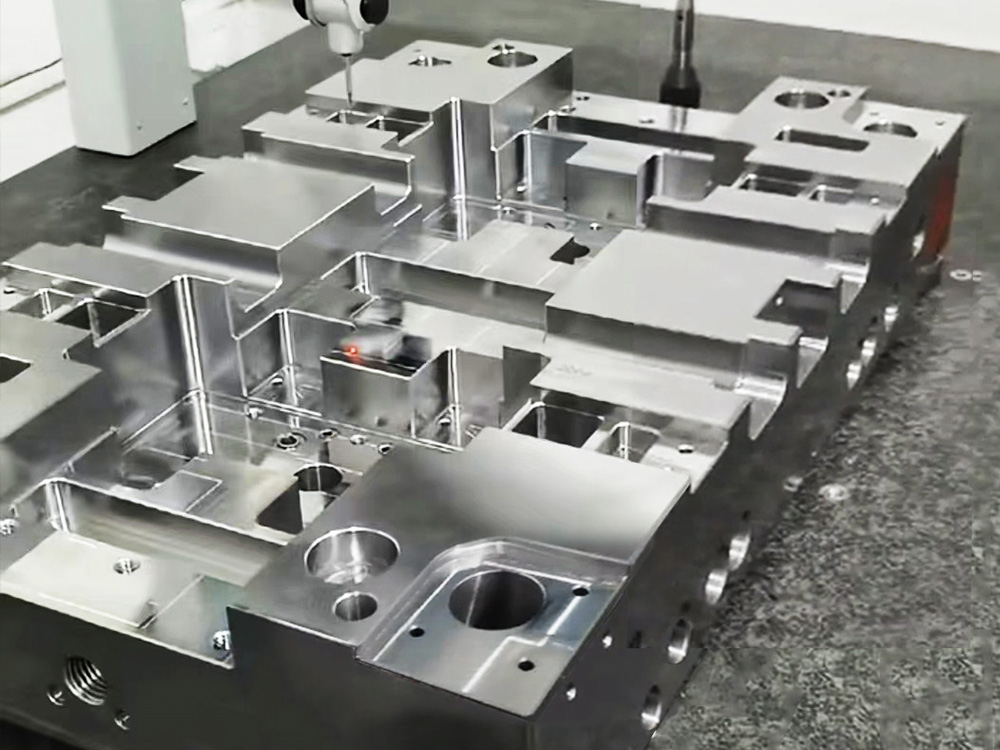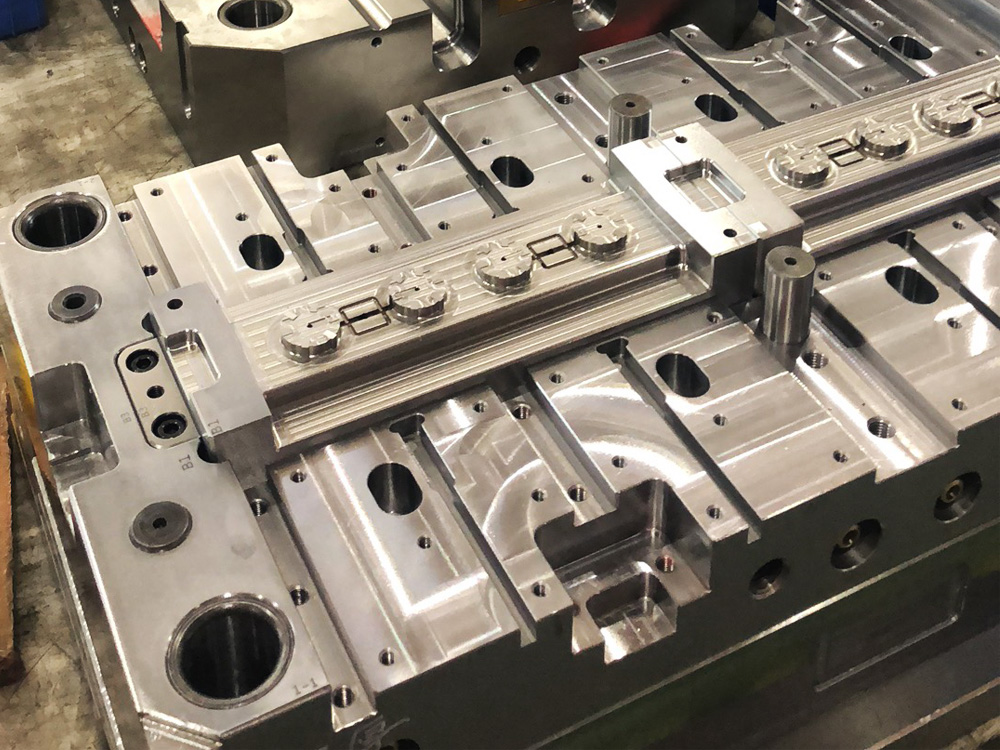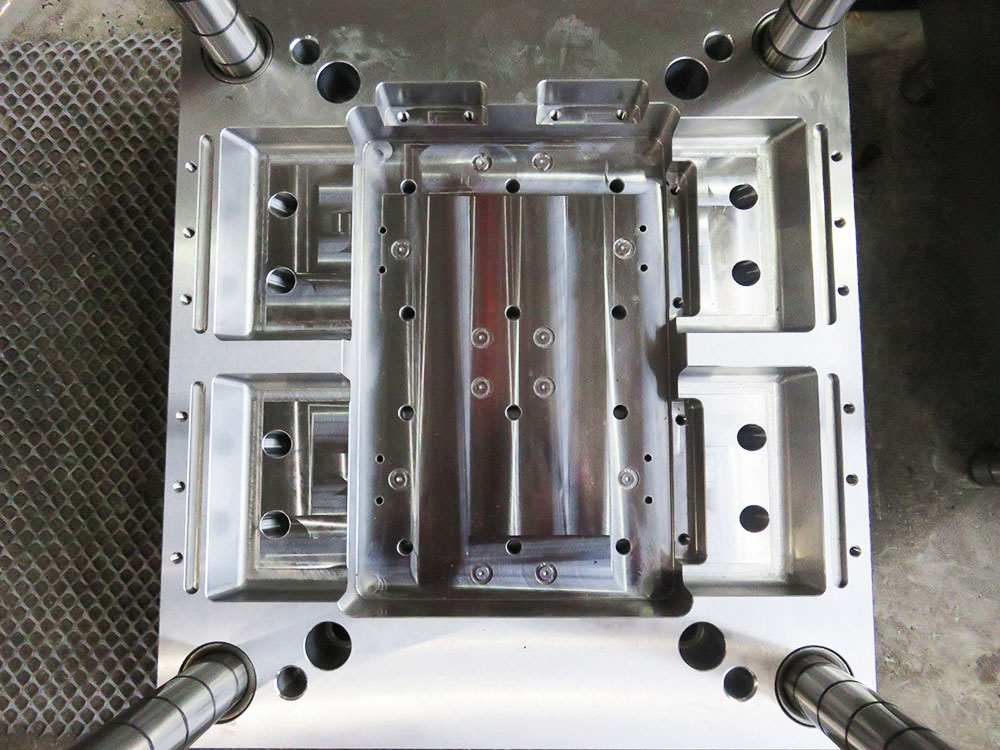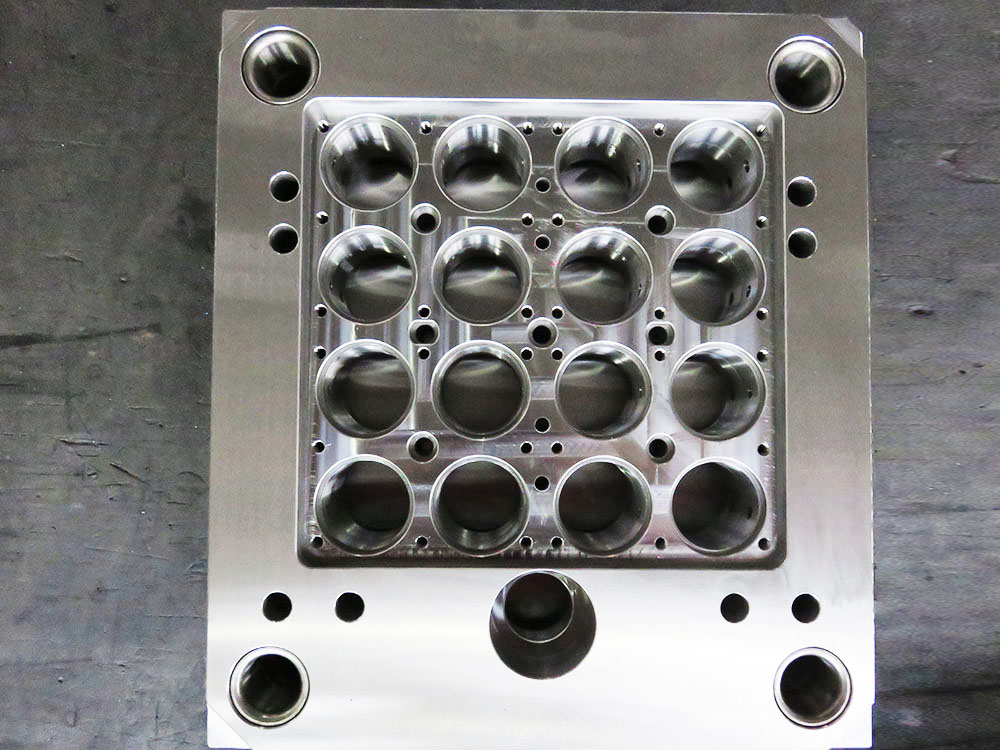Inability to Use the ug10.0 Model Repository
The use of digital models in the Mold Base industry has revolutionized the way manufacturers design and produce molds. With the advancement of technology, software such as ug10.0 Model Repository has become an indispensable tool for professionals in this field. However, some individuals encounter difficulties in utilizing the ug10.0 Model Repository effectively, hampering their productivity and hindering the growth of their businesses.
One of the reasons behind the inability to use the ug10.0 Model Repository is the lack of proper training and understanding of the software. Without a comprehensive understanding of the functionalities and features of the software, users may struggle to navigate through the repository and utilize its full potential. This leads to inefficiencies in mold base design and may result in subpar product quality.
Another challenge faced by users is the complexity of the software interface. The ug10.0 Model Repository is a sophisticated tool with advanced capabilities, but its user interface can be overwhelming for individuals who are not familiar with it. The abundance of buttons, menus, and options may confuse users and deter them from fully exploring the software's capabilities.
Furthermore, the ug10.0 Model Repository relies heavily on accurate and up-to-date data for effective use. However, obtaining accurate data can be a challenge in the Mold Base industry. The diversity of mold designs and specifications makes it difficult to find standardized models that are readily available in the repository. This forces users to spend additional time and effort to create their own models or modify existing ones, resulting in delays and decreased productivity.
In order to overcome these challenges and optimize the utilization of the ug10.0 Model Repository, proper training and education are essential. Manufacturers should invest in training programs that provide users with a comprehensive understanding of the software's functionalities. This will enable them to navigate the repository efficiently, access the required models, and make the necessary modifications as per their mold design requirements.
Another solution to the difficulties faced is the development of a simplified interface for the ug10.0 Model Repository. By streamlining the software's user interface, manufacturers can enhance user experience and enable even novice users to quickly grasp the functionalities and navigate through the repository seamlessly. This will greatly improve the adoption rate of the software and increase the overall efficiency and productivity of the industry.
In terms of data availability, collaboration between mold manufacturers and software developers is crucial. Mold manufacturers should provide software developers with accurate and standardized mold base designs that can be integrated into the ug10.0 Model Repository. By doing so, users will have access to a vast library of ready-to-use models, eliminating the need for time-consuming model creation or modification.
In conclusion, the inability to utilize the ug10.0 Model Repository effectively poses a challenge in the Mold Base industry. However, by investing in proper training programs, simplifying the software interface, and ensuring the availability of accurate and standardized data, manufacturers can overcome these difficulties and reap the benefits of this powerful tool. The successful utilization of the ug10.0 Model Repository will result in improved mold base design, enhanced productivity, and greater competitiveness in the market.




